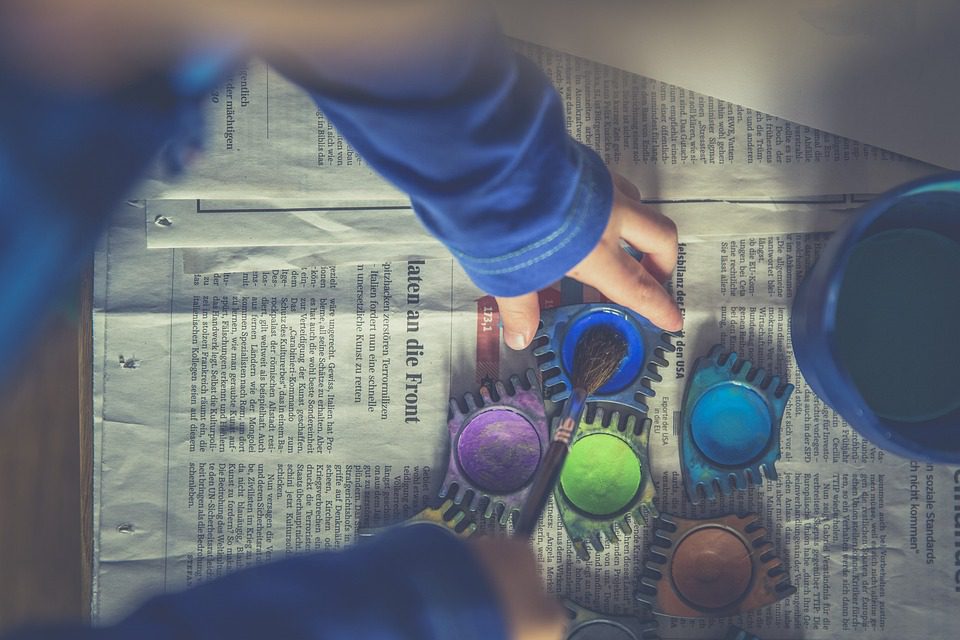Landscape painting is a popular and timeless art form that has been practiced for centuries. Many aspiring artists are drawn to the beauty and freedom that comes with creating stunning outdoor scenes on canvas. While the idea of landscape painting may seem daunting to beginners, mastering the basics can open up a world of possibilities and help artists develop their own unique style.
To help you get started on your landscape painting journey, we have put together a step-by-step guide to mastering the basics. By following these simple steps and practicing regularly, you will be well on your way to creating beautiful and captivating landscape paintings.
Step 1: Gather Your Supplies
Before you begin painting, it is important to gather all the necessary supplies. You will need a variety of brushes in different sizes, a palette, a palette knife, a canvas or paper, and acrylic or oil paints. It is also helpful to have a sketchbook or notebook to plan out your compositions and ideas.
Step 2: Choose Your Subject
The first step in landscape painting is choosing a subject. You can paint from a reference photo, a real-life scene, or even your imagination. It is important to choose a subject that you are passionate about and that inspires you. Some popular landscape subjects include mountains, forests, beaches, and countryside scenes.
Step 3: Plan Your Composition
Before you start painting, it is helpful to sketch out your composition with a pencil. This will help you determine the placement of elements in your landscape and create a strong composition. Pay attention to the rule of thirds, leading lines, and the focal point of your painting.
Step 4: Start with a Sketch
Once you have planned your composition, it is time to start sketching on your canvas or paper. Use light, loose strokes to outline the major elements of your landscape. This will serve as a guide for your painting and help you establish the overall shape and structure of your composition.
Step 5: Block in Colors
After you have completed your sketch, it is time to start blocking in colors. Begin by applying a base layer of paint to establish the overall color scheme of your landscape. Work from the background to the foreground, building up layers of color and texture as you go.
Step 6: Add Details
Once you have blocked in your colors, it is time to add details to your landscape. Use smaller brushes and a steady hand to add texture, highlights, and shadows to your painting. Pay attention to the lighting and shadows in your scene to create depth and dimension.
Step 7: Finishing Touches
Finally, it is time to add finishing touches to your landscape painting. Step back and assess your painting, making any final adjustments or additions as needed. Add highlights, details, and any final touches to bring your landscape to life.
By following these simple steps and practicing regularly, you will be well on your way to mastering the basics of landscape painting. Remember to experiment with different techniques and styles, and most importantly, have fun with your art. With time and practice, you will develop your own unique style and create stunning landscape paintings that reflect your passion and creativity.




